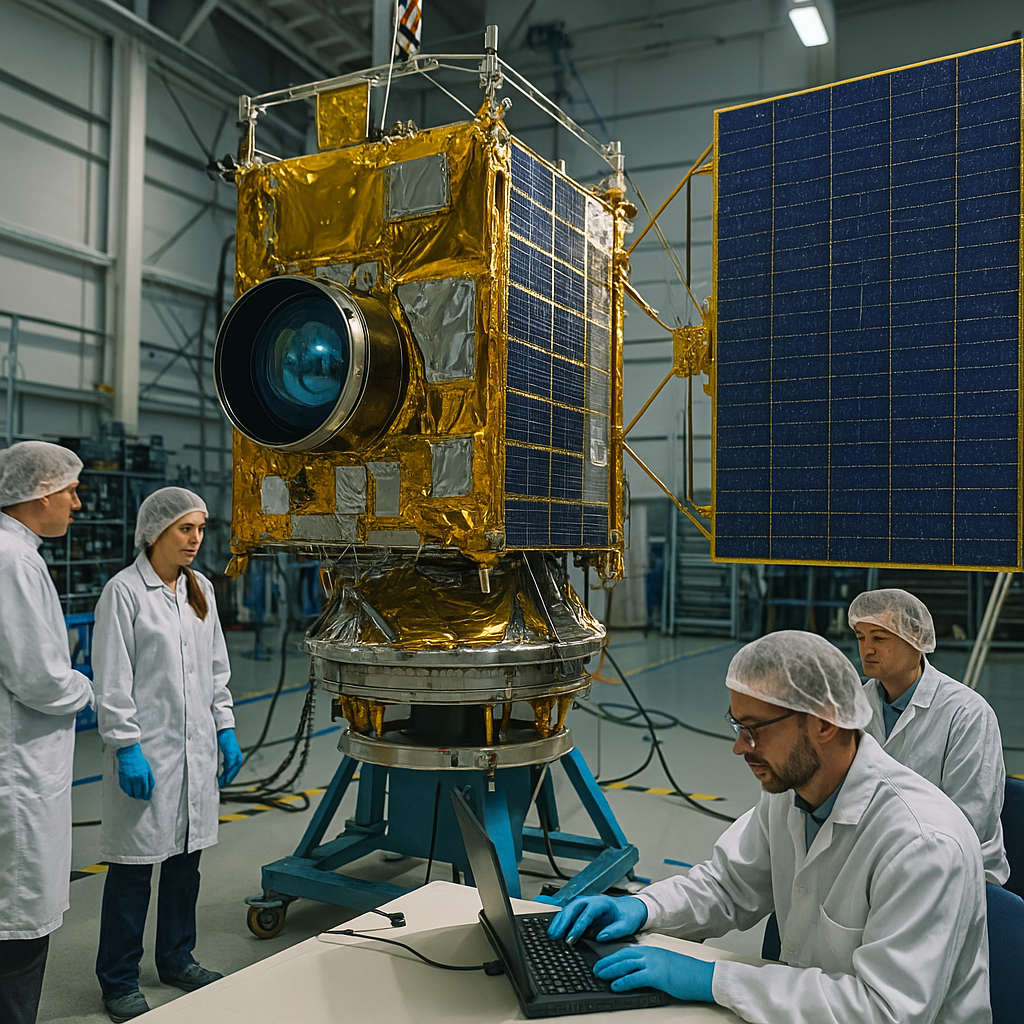NZ and NASA Partner on $5.6M Earth Observation Projects to Boost Resilience
The new research initiatives are part of the Catalyst Strategic Fund, a government programme managed by the Ministry of Business, Innovation and Employment (MBIE).

- Country:
- New Zealand
The New Zealand Government has announced a groundbreaking investment of $5.6 million in five cutting-edge joint research projects with NASA, reinforcing New Zealand’s ambitions to be a global player in Earth observation science and satellite-based environmental monitoring. This partnership, unveiled by Science, Innovation and Technology Minister Dr Shane Reti and Space Minister Judith Collins, builds on an earlier feasibility phase and positions New Zealand at the forefront of data-driven climate resilience and resource management.
Combining Kiwi Innovation with NASA Technology
The new research initiatives are part of the Catalyst Strategic Fund, a government programme managed by the Ministry of Business, Innovation and Employment (MBIE). The selected projects pair New Zealand’s top researchers with NASA’s unparalleled satellite data, scientific tools, and technological support—including $1.9 million in staff time and expertise from NASA.
“These projects will combine some of New Zealand’s best research talent with NASA’s world-leading scientific expertise and technology,” said Dr Reti. “They’ll help drive innovation in space science and environmental monitoring—vital for managing our natural resources and boosting resilience to climate-driven events like floods and droughts.”
Focus Areas: Climate, Forests, and Water Management
Spanning a wide range of disciplines, the five new research projects focus on practical challenges where satellite-based remote sensing can deliver real-world solutions:
-
Te Mātai Pū o te Kea – High Altitude Coastal Remote Sensing Led by Kea Aerospace, this project uses the Atmos uncrewed aircraft to capture high-resolution data from the stratosphere. The project aims to enhance coastal monitoring, including erosion, sea-level changes, and ecosystem health.
-
Satellite Multi-Scale Hydrologic Framework for Te Hiku ō Te Ika Wairere Ngahere This initiative seeks to measure terrestrial water flux—such as evapotranspiration and groundwater flow—using remote sensing and hydrological modelling. The project will provide vital data for water resource management and flood mitigation.
-
Monitoring Vegetation–Geothermal Interactions Integrating data from satellites and airborne platforms, this project studies how vegetation is impacted by geothermal activity. Insights could be used for geothermal energy development and environmental protection.
-
Near Real-Time Fuel Moisture System for Wildfire and Drought Aiming to build a predictive wildfire model, this project will use remote sensing data to measure fuel moisture, supporting rapid-response firefighting and drought preparedness.
-
Integrating Machine Learning and Remote Sensing for Dynamic Forest Mapping By combining artificial intelligence and satellite imagery, researchers will create detailed, real-time maps of forest health and biomass. This supports carbon stock assessments and sustainable forestry practices.
A Strategic Relationship with NASA
Space Minister Judith Collins emphasized that the partnership reflects not only a scientific breakthrough but also a deepening diplomatic bond with the United States.
“Our engagement with NASA is a key part of our bilateral relationship,” said Ms Collins. “These projects will further entrench our ongoing and positive cooperation with one of the world’s leading space agencies.”
The projects align with New Zealand’s broader strategic goals in the space sector, including its commitment to the Artemis Accords, its regulatory oversight via the New Zealand Space Agency, and its focus on ethical space exploration.
A Vision for Resilience and Economic Growth
Beyond scientific discovery, the joint research initiative is expected to deliver significant economic and productivity benefits. Dr Reti noted that remote sensing technology can revolutionize high-value industries such as agriculture and forestry by providing better forecasting, management tools, and resource allocation.
“Investing in Earth observation science supports a more resilient economy and opens new growth markets in remote sensing and AI-enabled environmental services,” he said.
The new funding represents the second phase of the NZ–NASA research partnership. With each project scheduled to run for three years, the outcomes are expected to strengthen New Zealand’s climate resilience, international scientific standing, and innovation ecosystem.
Further details are available at the MBIE website.










